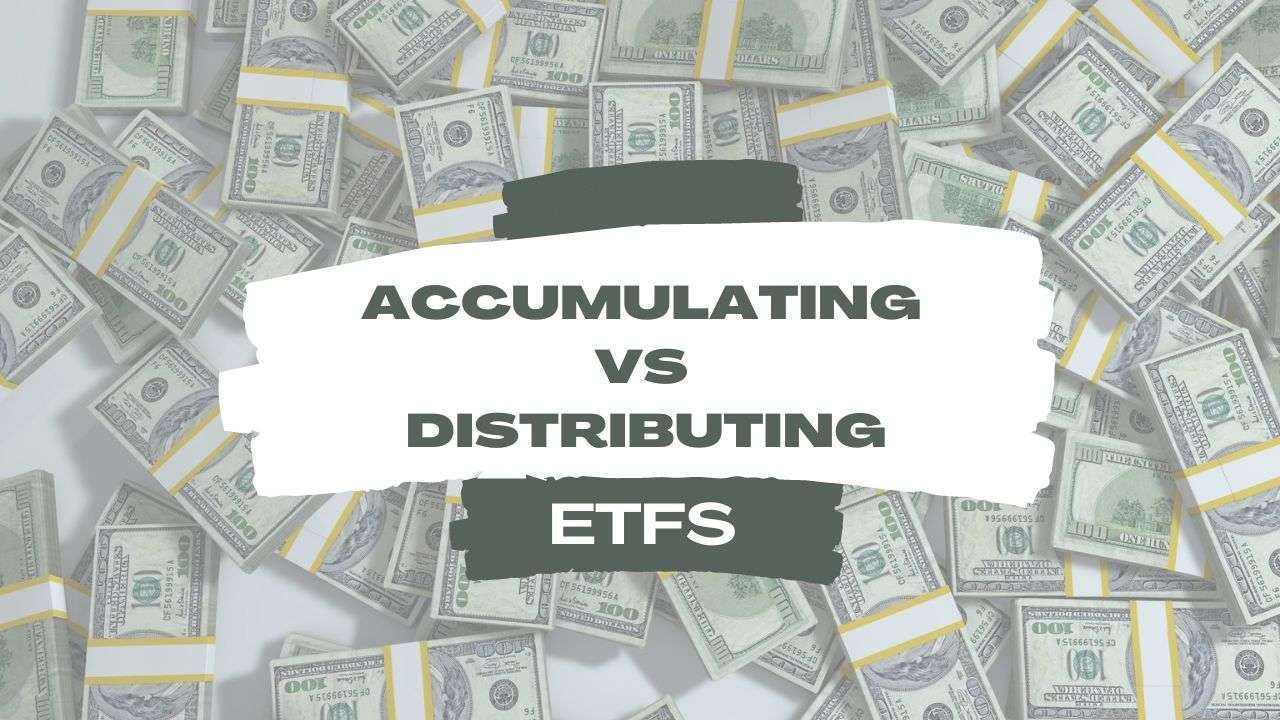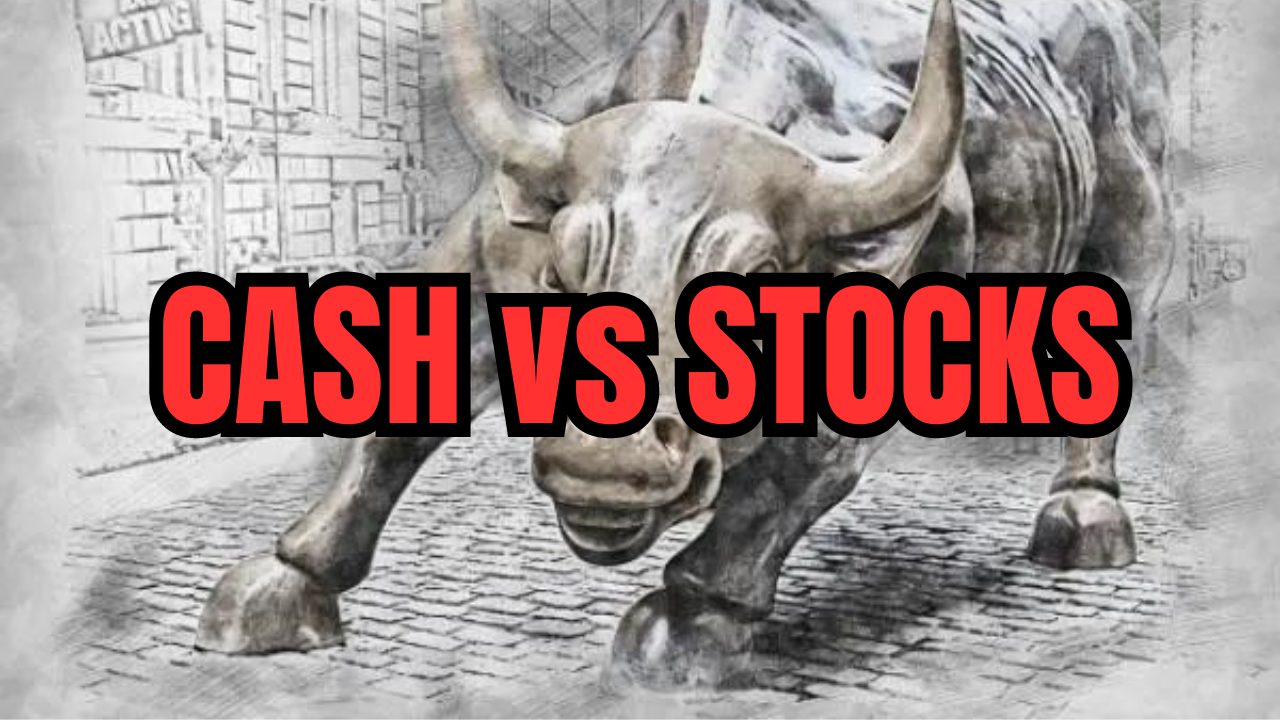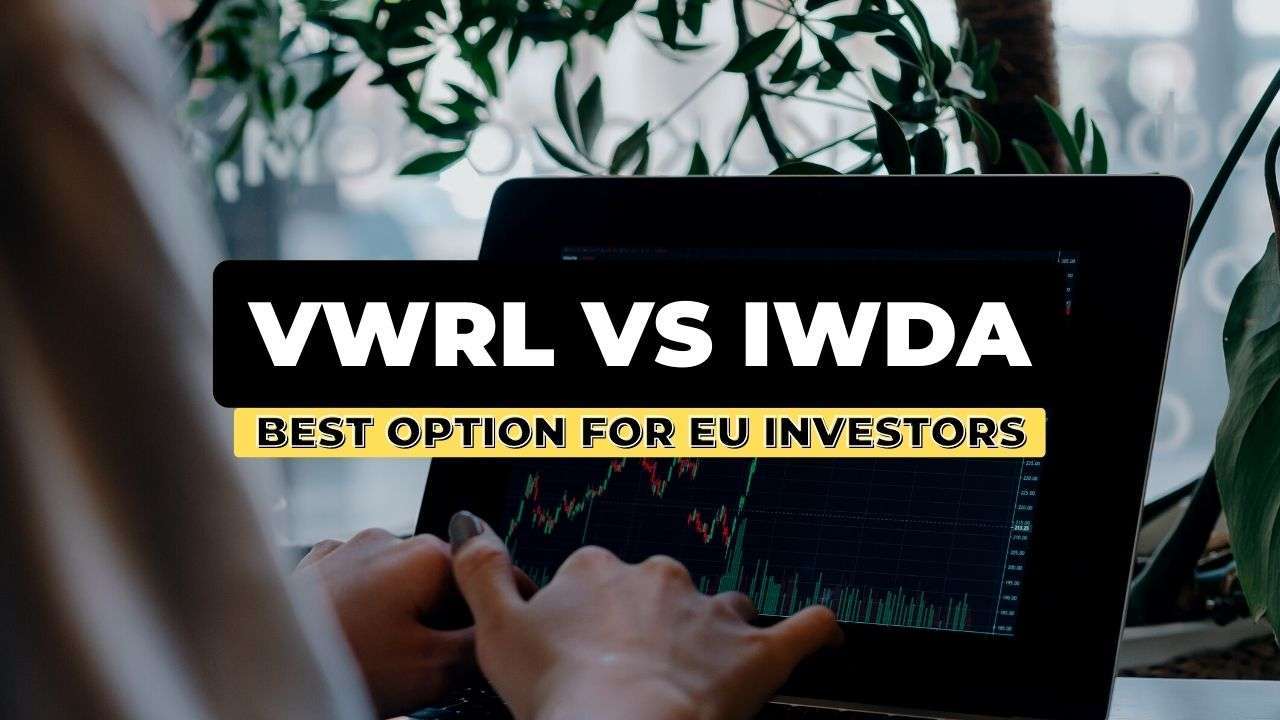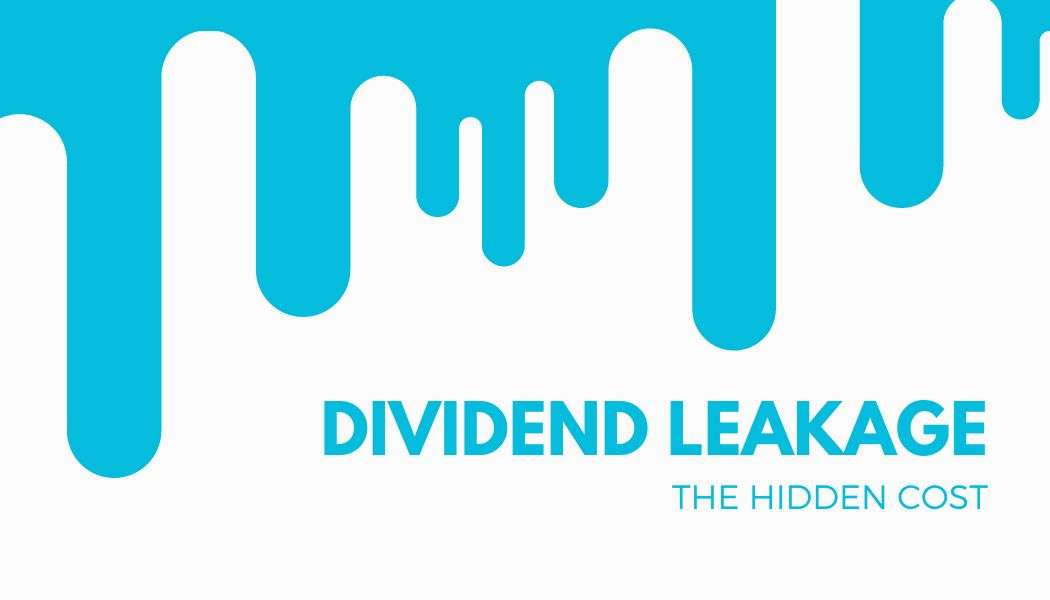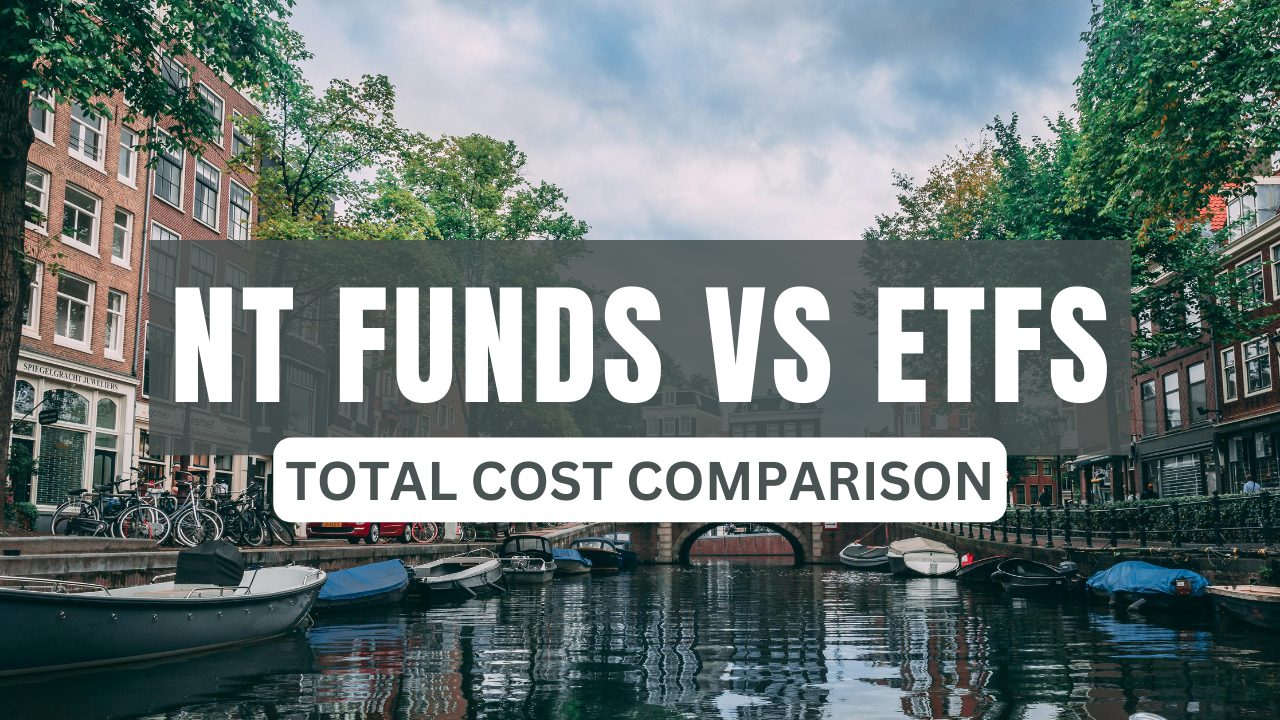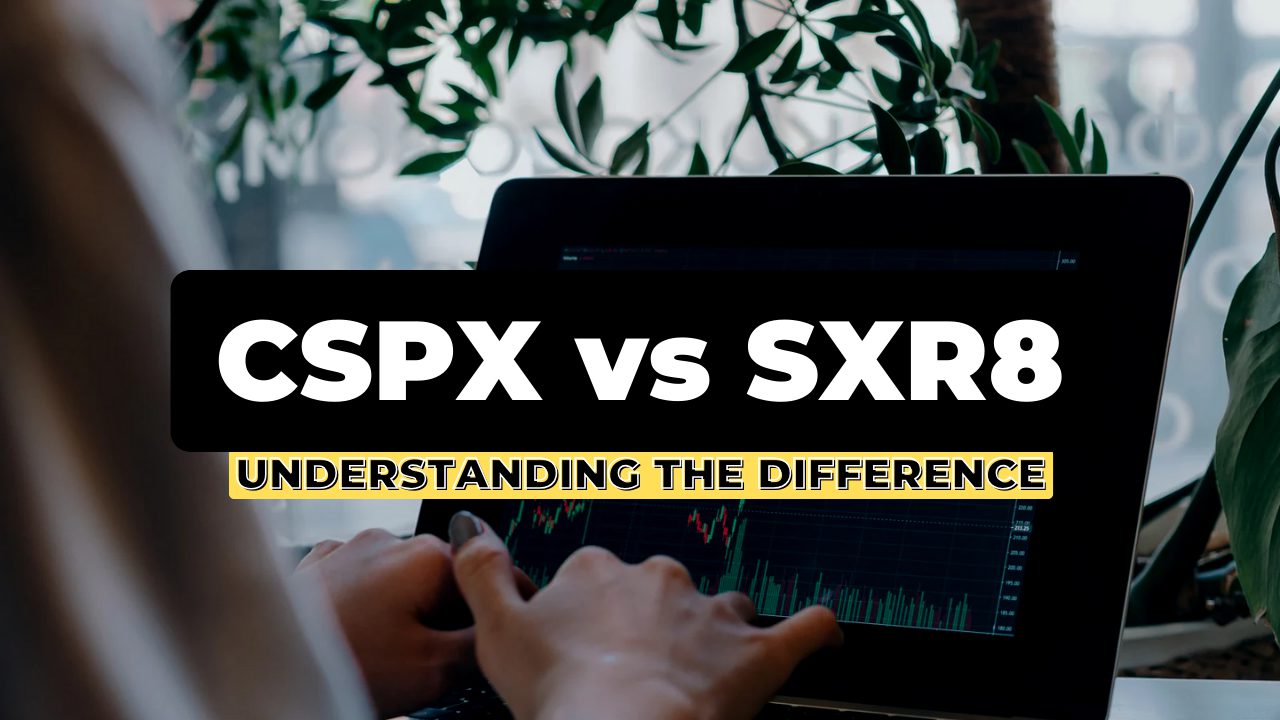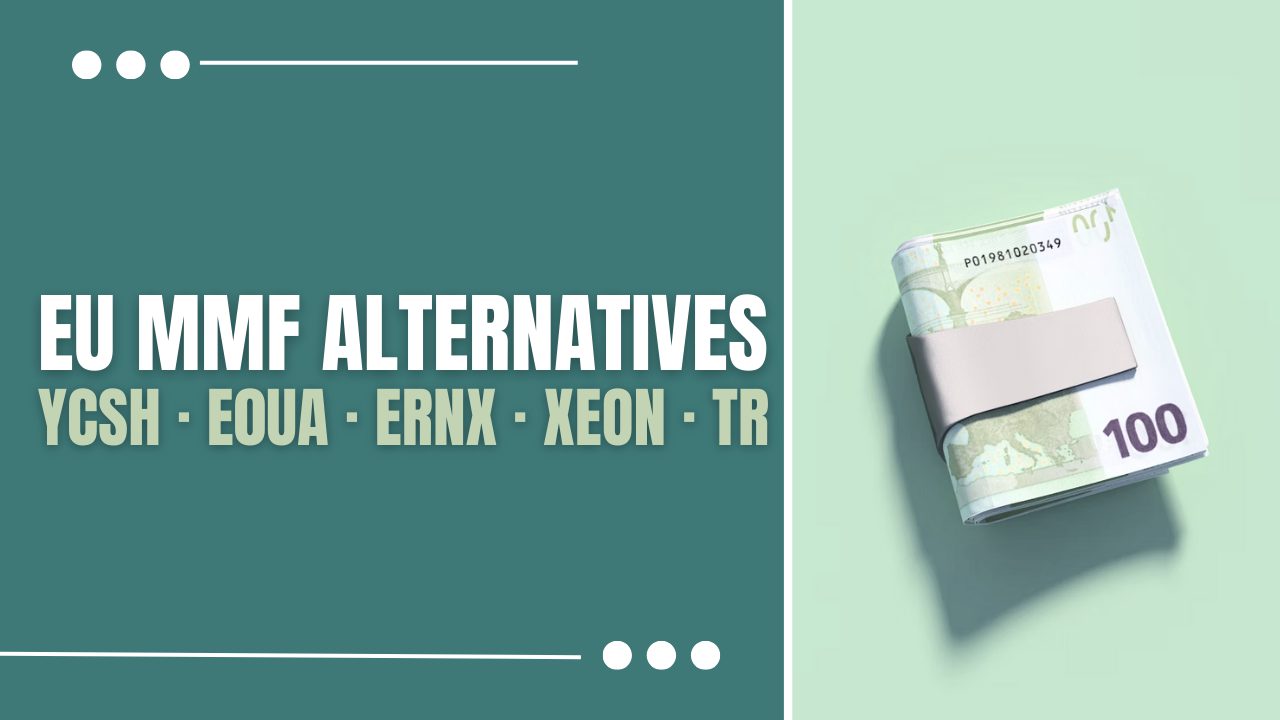
If you’re an aspiring investor from the EU, you most probably researched whether you can buy $VTSAX in Europe.
And I can see why – the fund contains over 4000 companies from all market caps for the incredibly low expense ratio of just 0.04%. Since it’s the go-to approach for many passive investors from the US, we see it recommended a lot around the internet.
This brings us to the question that many beginner European investors face:
Can I Buy VTSAX in Europe?
The short answer is no.
Don’t worry though.
There are quite a few funds that might suit your style – given that you’re considering a “buy and forget”, low-cost, broadly diversified fund such as $VTSAX.
VTSAX Alternatives For Europeans
First of all, worth mentioning that $VTSAX is an index fund.
However, the index funds available in Europe generally suck – they’re either too expensive, have little assets under management (which can create liquidity and/or longevity concerns as your portfolio grows), or are available only through an expensive intermediary (such as a bank) working for their own interest.
That’s why I recommend ETFs for European investors – an ETF tracking an index would not be much different than an index fund in terms of performance.
Below are 5 ETFs that you can use to implement the same investment strategy:
1. CSPX (iShares Core S&P 500 UCITS ETF)
$CSPX is an ETF tracking the S&P 500 – an index composed of the largest US companies weighted by market cap.
Differences with $VTSAX:
- $CSPX only includes large-cap companies, $VTSAX also includes mid-cap and small-cap companies
- $CSPX has a TER of 0.07%, $VTSAX has a TER of 0.04%
- $CSPX is an accumulating fund (reinvests the dividends), $VTSAX is a distributing fund (pays out dividends)
2. IUSA (iShares Core S&P 500 UCITS ETF)
$IUSA is also an S&P 500 tracker offered by iShares.
This makes it very similar to $CSPX, especially that it also has the same expense ratio of 0.07%.
The main difference compared to the previous option is that IUSA also pays dividends, making it more similar to $VTSAX.
3. VUSA (Vanguard S&P 500 UCITS ETF)
$VUSA is the $IUSA equivalent offered by Vanguard.
They have exactly the same characteristics: both track the S&P 500, have 0.07% expense ratio, and pay out dividends.
The only differences are that $VUSA is a larger fund and does full replication while $IUSA does optimized sampling of the index, which makes the performance of $VUSA (slightly) closer to that of the S&P 500.
4. VWCE (Vanguard FTSE All-World UCITS ETF)
$VWCE is also a market-cap weighted ETF offered by Vanguard that tracks over 3700 companies from all around the world.
It includes the developed markets (US/EU/CA/AU/JP), but also emerging markets (i.e. emerging Asia, Latin America, Middle East/Africa). Of course, $VWCE is not 1-to-1 substitute of $VTSAX, but the similarity lays in the investment style – buy a single product and be done with it.
Differences with $VTSAX:
- $VWCE is globally diversified, $VTSAX includes only US companies
- $VWCE includes large and mid-cap companies, $VTSAX also includes small-cap companies
- $VWCE has a TER of 0.22%, $VTSAX has a TER of 0.04%
- $VWCE is an accumulating fund, $VTSAX is a distributing fund
If you’d prefer an ETF that pays out dividends instead, $VWRL is the distributing equivalent of $VWCE.
5. IWDA (iShares Core MSCI World UCITS ETF)
$IWDA is a market-cap weighted ETF offered by iShares that tracks over 1500 companies from over 20 developed countries.
It is an accumulating fund and has an expense ratio of 0.2%, slightly lower than $VWRL and $VWCE.
Similar to the previous entry, this makes the ETF more globally diversified than $VTSAX. Unlike the previous entry though, $IWDA does not cover emerging markets.
Of course, the inclusion of emerging markets is optional, and for investors that don’t want EM exposure, $IWDA can also be a candidate for building a one-fund portfolio.
The Verdict
In my opinion, $CSPX has a clear advantage over the alternatives.
Edit from 2024: Everything I said is still correct, just as of recently we have a new contender: $SPYL. Check SPYL vs CSPX for more details.
It’s as close as it gets to “VTSAX in Europe”, but let’s compare it with the other ETFs:
Advantages over VWCE/VWRL/IWDA:
There’s a crucial difference between $CSPX and $VWCE/$IWDA: the total expense ratio. Doing a full breakdown of the costs shows that we’d be much better owning $CSPX.
Click on VWRL vs IWDA and Alternatives to see my full take about why $CSPX is superior.
Edit from 2024: and $SPYL is cheaper than $CSPX.
Advantages over IUSA/VUSA:
$CSPX, $IUSA, and $VUSA are extremely similar to each other. At the end, it boils down to the preference of accumulating rather than distributing ETFs.
Click on CSPX vs VUSA vs IUSA to see my detailed take about why $CSPX is a better investment.
So “CSPX and Chill”?
Well, maybe, but not necessarily.
Many investors don’t even agree with the meme “$VTSAX and chill” because $VTSAX only includes US stocks. In many cases, you’d also like some international diversification.
See some example portfolios I’m recommending at Core Portfolio For European Investors.
But if we stick to the closest alternative for $VTSAX in Europe, my answer is undoubtedly $CSPX.
Edit from 2024: until $SPYL was offered at more than half the price of $CSPX. See CSPX vs SPYL for details.
For more thorough analysis on UCITS ETFs, visit: EU Investors Handbook.
For a comprehensive, beginner-friendly, and free resource on stock market investing, visit: : How to Start Investing: A Complete Beginner Series.
 Husband & Father
Husband & Father  Software Engineer
Software Engineer 


